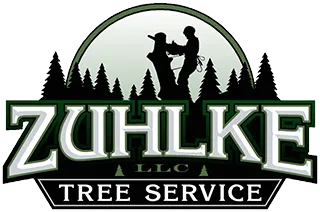Tree Risk Assessment
Multiple members of our professional staff have earned their ISA Certified Arborist and ISA Tree Risk Assessment Qualification credentials. From basic visual inspections to advanced assessments using emerging technology we’re here to help you make informed decisions about your trees. We sell confidence, not fear.
The first thing we address when performing a tree risk assessment is we identify the tree risk manager (normally the customer on site of the quote) and explain our role as a tree risk assessor. We take these distinctions seriously and won’t try to persuade you to make a decision in any direction unless a situation is severe. People have different levels of risk tolerance and its our job to present an objective assessment of the trees in question and let you make whatever decision is appropriate for your situation.
When performing a basic assessment, we look at many factors including: targets around the tree, site conditions and history, tree health and species profile, visible defects in the crown, trunk, and roots, consequence of failure, and area occupancy. All of these things are scored in two separate tables to give us a risk rating of low, moderate, high, or severe.
Most trees we look at are low or moderate risk and there are many different mitigation options like pruning or cabling to reduce the need for full removal. Some trees, however, do rise to the level of high or even severe risk, and full removal is often the best solution in these situations. If we detect a severe risk tree on your property, it is in everybody’s best interest to complete a removal as soon as practical to protect the safety of people and property and we will inform you of this and help you make a plan to deal with it before nature does.
We are also able to do more advanced assessments using climbers or aerial lifts to inspect a canopy for defects, or use other tools to detect decay in a trunk section or root system. These types of assessments are normally only necessary when defects/decay are suspected, but can’t be seen from the ground easily.
